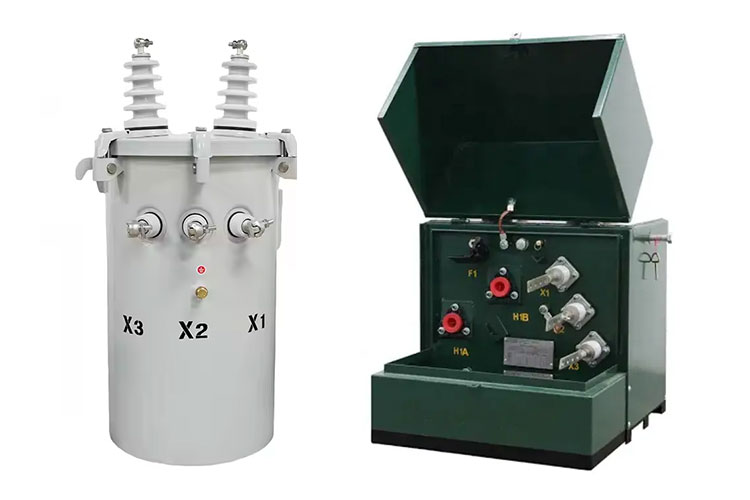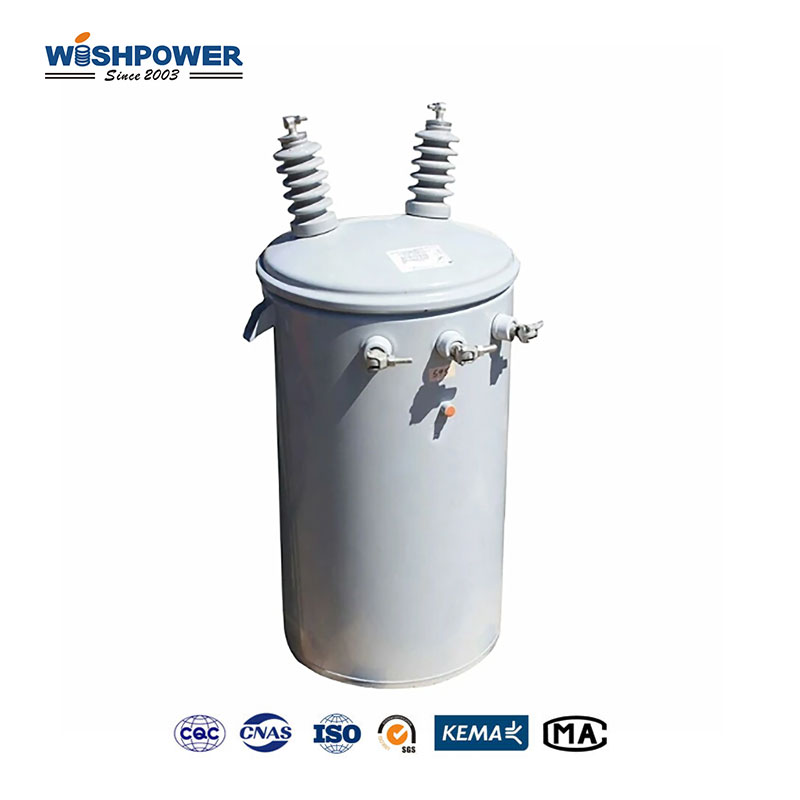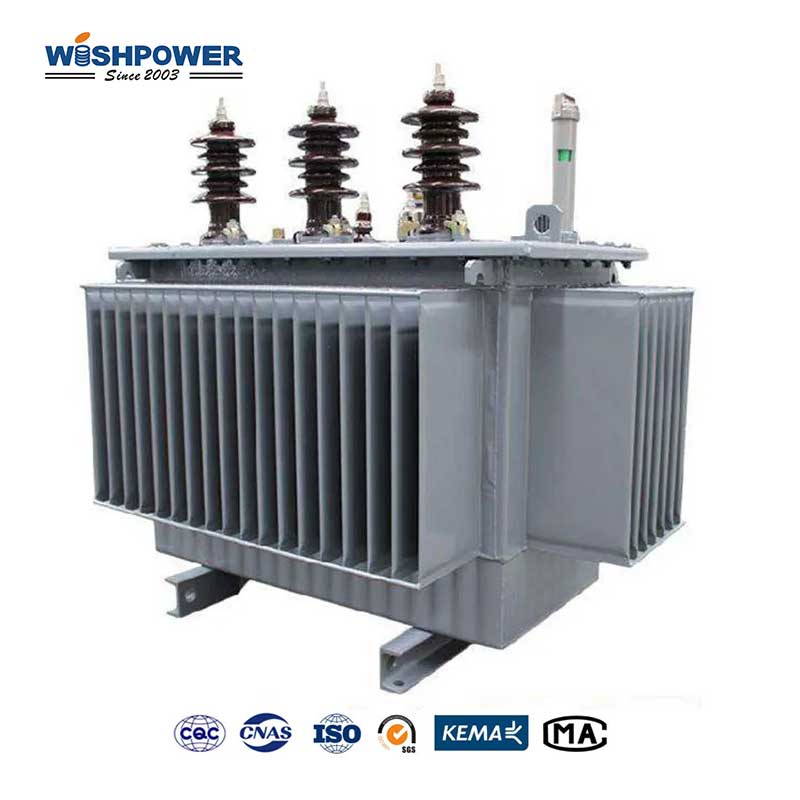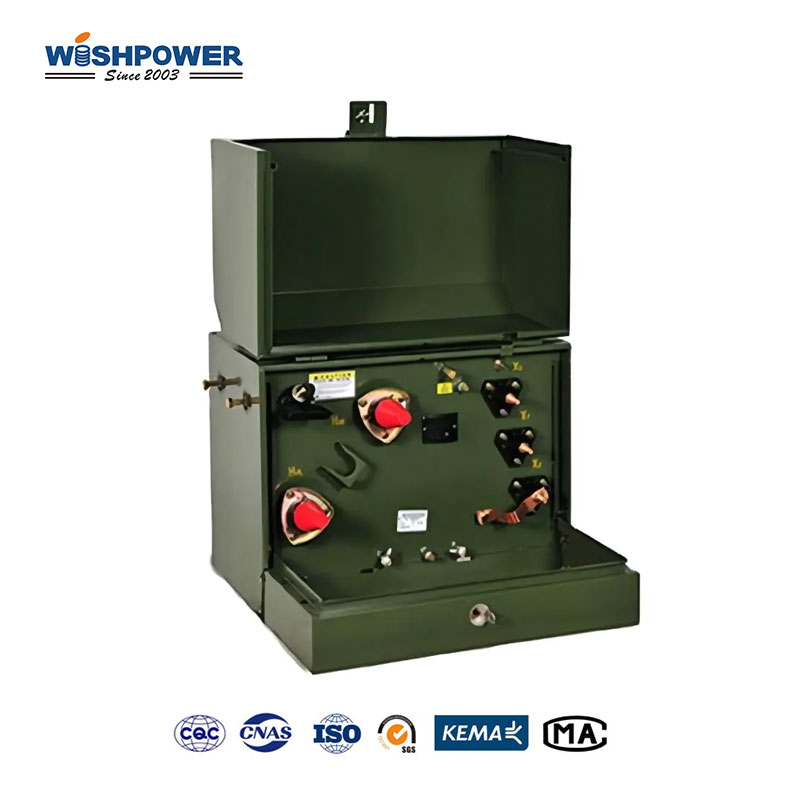Transformers are crucial in electrical power systems because they help to step voltage levels up or down to keep electrical circuits in good shape. In particular, the single-phase transformer is widely used in residential and light commercial end uses where it is used to power devices and equipment. But one of the frequently asked questions while working with single-phase transformers is whether we need a neutral for the operation of these transformers.

What are Single-Phase Transformers?
A single-phase transformer is a single-phase alternating current (AC) device. Unlike its three-phase counterparts, a single-phase transformer typically has two windings: the input and output sides of primary winding (input side) and secondary winding (output side). This is why a transformer acts as a voltage level changing element between two windings, without obtaining a direct electrical connection, using electromagnetic induction. In a normal one-phase system a current of an alternating form flows through the primary winding, to form a magnetic field in the primary winding, which creates the voltages in the secondary winding. The voltage induced is a function of the turn ratio between the two windings, in terms of step-up or step-down functionality.
What Is a Neutral in Electrical Systems?
In an electrical system, the neutral is a reference point and a return path for current. Most often, it is grounded, which means it is connected to the earth so that it is safe in case of a fault and doesn’t result in electrical shock or fire. In a Multi-Phase System, the neutral is the point where the voltages of all phases cross and become balanced.
Does a Single-Phase Transformer Require a Neutral?
- For Single-Phase Loads (Without a Neutral)
In some cases, single-phase loads can run on no neutral. For example, one phase can be connected to the ground with certain resistive loads, such as electric heaters or incandescent lights. These loads are usually attached between the live (or hot) wire and ground, with ground considered a return path instead of the neutral.
- With a Neutral For Single Phase Loads
Single-phase transformers are more commonly used and are fed in conjunction with a neutral to support a balanced load. Live (or hot) wire and Neutral wire, are needed in many residential as well as commercial applications from electrical appliances, lighting systems, and air conditioning units.
- Significance of the Neutral in Single-Phase Circuits
When the neutral is present in a single-phase transformer system, it serves multiple key functions:
Balanced Voltage ensures that the voltage across the load doesn’t change. If the voltage changes, there could be voltage fluctuations that may damage the sensitive equipment.
Safety: When the system grounds the neutral, it provides a safe path through which fault current can flow to the ground, making it less likely to cause electric shock or start a fire in the event of a short circuit or any other fault condition.
Multiple Voltage Levels: In systems that demand more than one voltage level, say the residential area (120V and 240V), where a single transformer is used, the neutral is needed to produce different voltage levels from one transformer. It is commonly seen on split-phase circuits.
- Applications Where Neutral Is Not Required
Voltage Regulation Systems: Single-phase transformers can be used without a neutral in some industrial applications provided the load is purely inductive or the system is designed for running on unbalanced voltages.
Two-Wire Systems: In remote or off-grid systems, where electrical loads are simple and do not require more than a simple two-voltage with neutral ground, a two-wire system may be sufficient. These systems have two wires (hot and return) and no neutral.
Benefits of Including a Neutral
Improved Voltage Stability: By substituting a neutral, the voltage on the live wire is held more stable, decreasing the danger of technician malfunctions from voltage variations.
Flexibility in Load Distribution: Residential uses can use both 120V and 240V and therefore have a neutral, which allows for the use of both 120V and 240V.
Increased Safety: The neutral wire plays an important role in the safety feature in that fault current can be safely grounded to prevent electrical hazards.
Does a single-phase transformer need a neutral?
To summarize, even if technically a single transformer phase can operate without a neutral, it certainly does so much better with one. A neutral is important for most residential and commercial uses, especially two 120V and one or more 240V. It enables proper voltage regulation, safety, and compatibility of various electrical loads.
If you have different opinions or want to know more, please leave a message on the website or contact us directly at info@wishpower.net

















